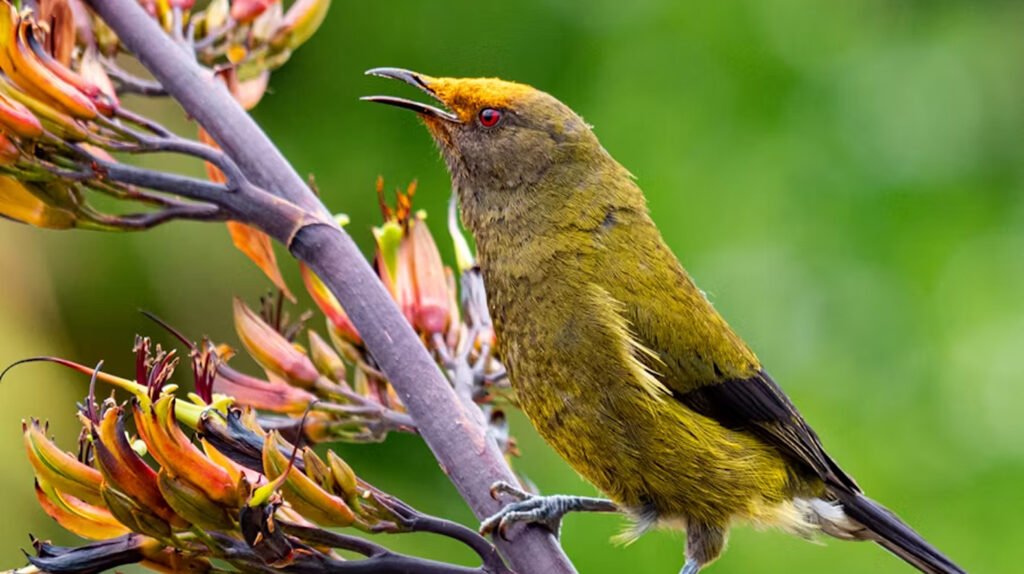“What’s one native plant species that proved particularly beneficial in your bird sanctuary? How did you care for it, and what birds did it attract?”
Red osier dogwood
Planting red osier dogwood created a year-round resource for both resident and migratory birds in the sanctuary. Its dense branches provided nesting cover in spring and summer, while its bright red stems and white berries offered visual interest and food through late autumn. The berries were especially popular with cedar waxwings and American robins, while the sheltered understory attracted sparrows and warblers during migration.
Care involved selecting a moist but well-drained site, mulching to retain soil moisture, and pruning older stems in late winter to encourage fresh growth. Because it is adapted to local conditions, the plant required minimal fertilization and no chemical treatments. Over time, the red osier dogwood not only increased bird diversity but also stabilized soil along a stream bank, adding ecological value beyond its role as a food source.
Maegan Damugo, Marketing coordinator, MacPherson’s Medical Supply
Elderberry bush
One native plant that proved especially beneficial in my bird sanctuary is the elderberry bush. I planted it because it offers both cover and food for a variety of birds, especially in winter when resources are scarcer. I took care of it by ensuring it was planted in well-drained soil with plenty of sunlight, and I pruned it regularly to maintain its shape and health.
The elderberries attracted birds like cedar waxwings, robins, and even blue jays during migration season. The dense branches also provide excellent shelter for smaller birds like chickadees and finches. I’ve noticed that, over time, the bush has become a favorite spot for nesting, which was a pleasant surprise. The elderberry really showed me how a single plant can meet multiple needs in a sanctuary, from food to shelter.
Nikita Sherbina, Co-Founder & CEO, AIScreen
Turk’s cap (Malvaviscus arboreus var. drummondii)
Planting Turk’s cap (Malvaviscus arboreus var. drummondii), a Texas native, brought noticeable benefits to the bird sanctuary. Its bright red, hibiscus-like blooms provided nectar throughout much of the year, even in the heat of summer when other sources were scarce. The plant required minimal care once established—occasional deep watering during prolonged dry spells and annual pruning to encourage dense growth.
Hummingbirds, especially ruby-throated and black-chinned species, became frequent visitors, drawn by the constant nectar supply. The dense foliage also offered shelter for smaller songbirds like wrens and warblers. Over time, the Turk’s cap not only supported local bird populations but also added visual interest to the sanctuary, demonstrating how a resilient native plant can serve both ecological and aesthetic purposes.
Ysabel Florendo, Marketing coordinator, Harlingen Church
American beautyberry (Callicarpa americana)
Planting American beautyberry (Callicarpa americana) brought notable benefits to the sanctuary. Its dense foliage provided shelter, while clusters of bright purple berries in late summer and fall offered a rich food source. The plant attracted mockingbirds, cardinals, and migrating thrushes, which fed heavily on the fruit during their seasonal movements. Care involved planting in partial shade, watering regularly during the first year to establish roots, and pruning lightly in late winter to encourage new growth. Once established, the shrub required minimal maintenance and continued to support both resident and migratory bird populations year after year.
Belle Florendo, Marketing coordinator, RGV Direct Care


